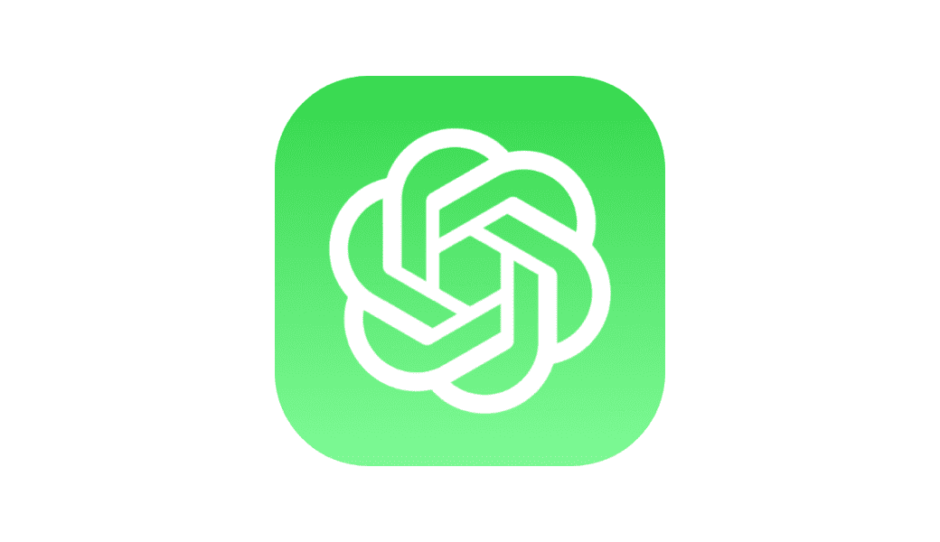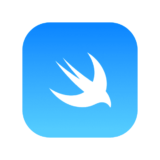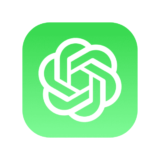If you’re a fan of Pokemon, then you probably want to keep track of all the Pokemon you’ve caught and trained. Fortunately, with Swift and SwiftUI, you can create a simple Pokemon tracker app that will help you manage your collection. In this blog post, we’ll go through the code for a basic Pokemon tracker app.
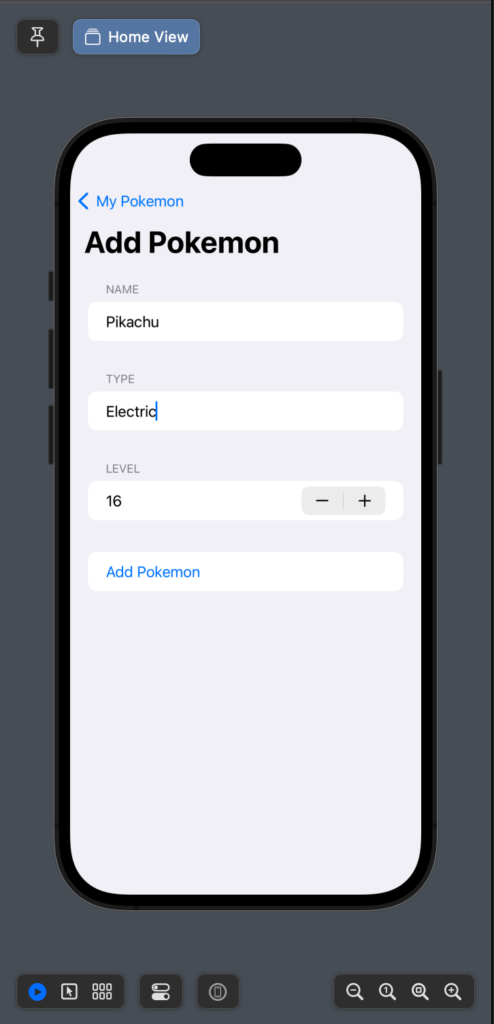
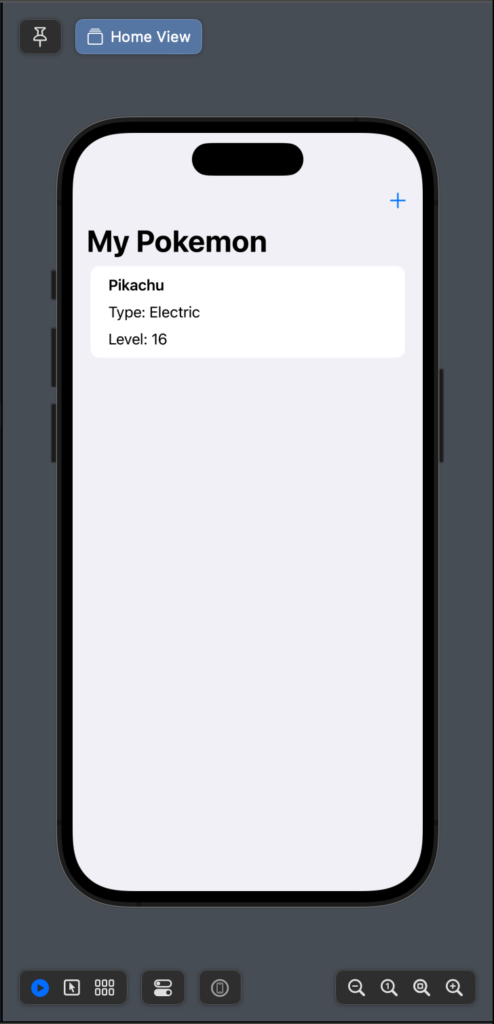
Model
import Foundation
struct Pokemon: Codable, Identifiable {
var id: Int
var name: String
var type: String
var level: Int
init(id: Int, name: String, type: String, level: Int) {
self.id = id
self.name = name
self.type = type
self.level = level
}
}View
import SwiftUI
struct HomeView: View {
var body: some View {
PokemonListView()
.environmentObject(PokemonStore())
}
}import SwiftUI
struct AddPokemonView: View {
@EnvironmentObject var store: PokemonStore
@State private var name = ""
@State private var type = ""
@State private var level = 1
@Environment(\.presentationMode) var presentationMode //
var body: some View {
Form {
Section(header: Text("Name")) {
TextField("Enter Pokemon name", text: $name)
}
Section(header: Text("Type")) {
TextField("Enter Pokemon type", text: $type)
}
Section(header: Text("Level")) {
Stepper(value: $level, in: 1...100) {
Text("\(level)")
}
}
Button(action: addPokemon) {
Text("Add Pokemon")
}
}
.navigationBarTitle("Add Pokemon")
}
private func addPokemon() {
// Don't add empty Pokemon
if name.isEmpty || type.isEmpty {
return
}
let pokemon = Pokemon(id: store.pokemons.count + 1, name: name, type: type, level: level)
store.pokemons.append(pokemon)
name = ""
type = ""
level = 1
presentationMode.wrappedValue.dismiss()
}
}import SwiftUI
struct PokemonListView: View {
@EnvironmentObject var store: PokemonStore
var body: some View {
NavigationView {
List(store.pokemons) { pokemon in
VStack(alignment: .leading, spacing: 10) {
Text(pokemon.name)
.font(.headline)
Text("Type: \(pokemon.type)")
Text("Level: \(pokemon.level)")
}
}
.navigationBarTitle("My Pokemon")
.navigationBarItems(trailing: NavigationLink(destination: AddPokemonView()) {
Image(systemName: "plus")
})
}
}
}ViewModel
import SwiftUI
class PokemonStore: ObservableObject {
@Published var pokemons: [Pokemon] {
// Save to UserDefaults
didSet {
let encoder = JSONEncoder()
if let encoded = try? encoder.encode(pokemons) {
UserDefaults.standard.set(encoded, forKey: "pokemons")
}
}
}
init() {
// Load from UserDefaults
if let savedData = UserDefaults.standard.data(forKey: "pokemons") {
let decoder = JSONDecoder()
if let loadedData = try? decoder.decode([Pokemon].self, from: savedData) {
pokemons = loadedData
return
}
}
pokemons = []
}
}